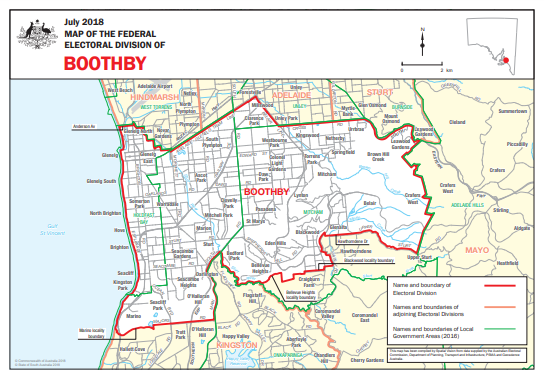|
|
|
|
| Adam Carr's Election Archive
|
Australian federal election, 2022
Division of Boothby, South Australia
Named for: William Boothby (1829-1903), Electoral Commissioner for
SA 1854-1903, SA returning officer for the first federal election
Southern Adelaide: Ascot Park, Brighton, Eden Hills, Glenelg, Mitcham
State seats: All of
Elder and
Gibson, parts of
Badcoe,
Black,
Colton,
Davenport,
Morphett and
Waite
Local government areas: All of
Holdfast Bay, parts of
Marion,
Mitcham and
Unley
Borders with:
Adelaide,
Hindmarsh,
Kingston,
Mayo and
Sturt
Enrolment at 2019 election: 123,969
Enrolment at 2022 election: 128,766 (+03.9)
1999 republic referendum: Yes 51.9
2018 same-sex marriage survey: Yes 68.5
Sitting member: Nicolle Flint (Liberal):
Elected 2016, 2019. Retiring 2022
2007 Liberal majority over Labor: 2.9%
2010 Liberal majority over Labor: 0.8%
2013 Liberal majority over Labor: 7.1%
2016 Liberal majority over Labor: 3.8%
2019 Liberal majority over Labor: 1.4%
Liberal two-party vote 1983-2019
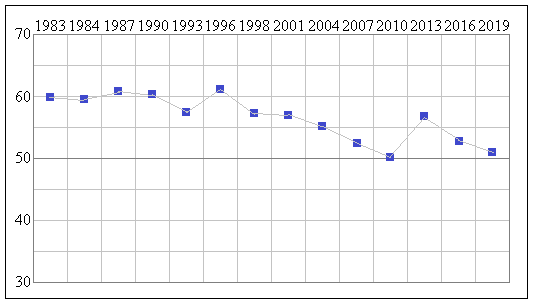
Status: Very marginal Liberal
Best Liberal booths, two-party vote: Myrtle Bank PPVC (65.9), Netherby (65.7), Glenelg PPVC (62.3), Glenelg Central (59.9),
Brighton West (58.3)
Best Labor booths, two-party vote: Eden Hills (63.5), Black Forest (63.0), Tondsley Park (62.9), Belair (62.0),
Seacombe Gardens (60.8)
2019 results
Statistics and history
Candidates in ballot-paper order:
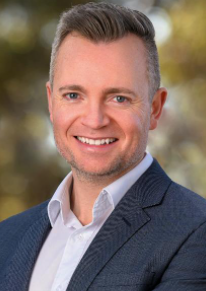 |
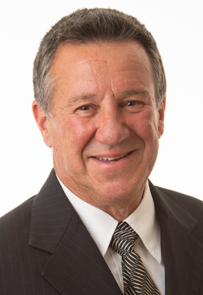 |
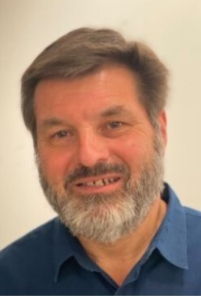 |
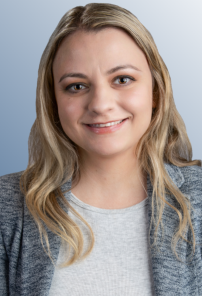 |
 |
1. Jeremy Carter
Australian Greens |
2. Graeme Clark
United Australia Party |
3. Peter Harris
Australian Federation Party |
4. Aleksandra Nicolic
Liberal Democrats |
5. Paul Busuttil
Independent |
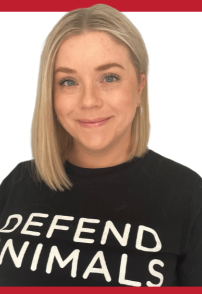 |
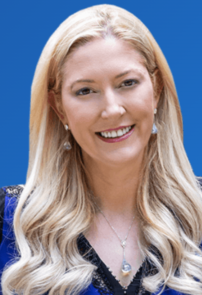 |
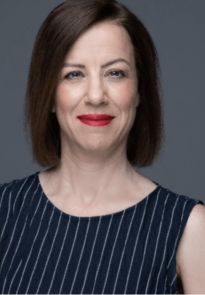 |
 |
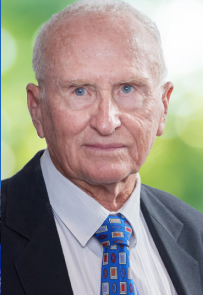 |
6. Frankie Bray
Animal Justice Party |
7. Dr Rachel Swift
Liberal Party |
8. Jo Dyer
Independent |
9. Louise Miller-Frost
Australian Labor Party |
10. Bob Couch
Pauline Hanson's One Nation |
Candidate websites:
Frankie Bray
Jeremy Carter
Graeme Clark
Louise Miller-Frost
Aleksandra Nicolic
Dr Rachel Swift
Division of Boothby
Boothby has existed since South Australia was first divided into electorates in 1903. Until 1949 it covered most
of Adelaide's southern and eastern suburbs and was politically marginal. It was last won by Labor in 1946. In
1949 it was made into a very safe Liberal seat, which it remained until the 1993 redistribution shifted it
westwards to take in the politically marginal beachside suburbs. Boothby is a fairly wealthy area - on its
current boundaries no longer among the wealthiest seats, but still with an above-average level of people in
professional and managerial occupations.
Since 1993 Boothby has remained marginal, though always retained by the Liberals. Labor ran determined campaigns in 2007
and 2010, and came very close to winning in 2010, but in 2013 the Liberal margin blew out to 7.5%. A swing back to
Labor in 2016 reduced the margin, and there was a further swing to Labor in 2019, reducing the Liberal margin to 1.4%.
The slow drift to Labor in Boothby is typical of upper-income urban seats across Australia.
Boothby was held from 1966 to 1981 by
John McLeay, a junior minister in the Fraser Government. Since then it has been held
by three Liberal backbenchers:
Steele Hall (a former SA Premier),
Dr Andrew Southcott, who retired in 2016 after 20 years, and
Nicolle Flint, Liberal MP for Boothby since 2016, who was a doctoral student and media commentator before her
election. In March 2021 Flint announced that she would not recontest the seat.
Since Boothby is the only genuine marginal seat in SA, and will be without a sitting member at the 2022 election, both
parties will again devote a lot of attention to it. The new Liberal candidate is Dr Rachel Swift, a medical researcher.
The Labor candidate is Louise Miller-Frost, CEO of the St Vincent de Paul Society. The Greens
candidate is Jeremy Carter, an engineering director and project manager. Jo Dyer, a film and theatre producer, is running as an
independent.
Demographics:
Median weekly household income: $1,438 (Australia $1,438)
People over 65: 19.6% (Australia 15.8%)
Australian born: 71.5% (Australia 66.7%)
Ancestry: German 5.5%
Non-English-speaking households: 16.7% (Australia 22.2%)
Catholics 16.4% (Australia 22.6%)
No religion 38.2% (Australia 29.6%)
University graduates: 28.6% (Australia 22.0%)
Professional and managerial employment: 41.1% (Australia 35.2%)
Employed in manufacturing and construction: 20.1% (Australia 22.9%)
Paying a mortgage: 38.0% (Australia 34.5%)
Renting: 22.7% (Australia 30.9%)
Traditional families: 32.3% (Australia 32.8%)
Back to main page
|
|

